
3 minute read
Act early to helpslowthe
from OT April/May 2023
by TheAOP
The world'sonly myopiamanagementcontact lens supportedby a 7-year clinicaltrial2· 3 A
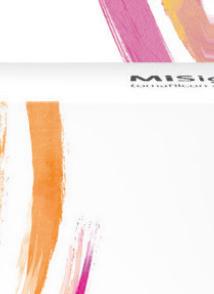
Advertisement
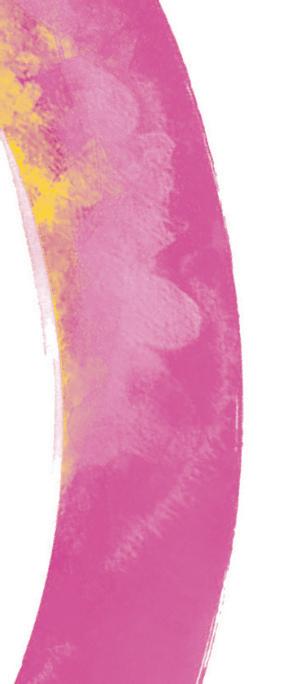

Find out more at tUsing measuredand modeleddata, pooledacrossages(8-17), MiSight®1 day slowedmyopiaprogressionby an averageof approximately50%. t12 months post-treatment, evidenceindicatesthat no accumulatedmyopia control benefitswere lost following 3 or 6-years of MiSight®1 day wear (on average,for childrenaged8-15 at start of wear). Instead,eye growth revertedto expected,age-normalrates.

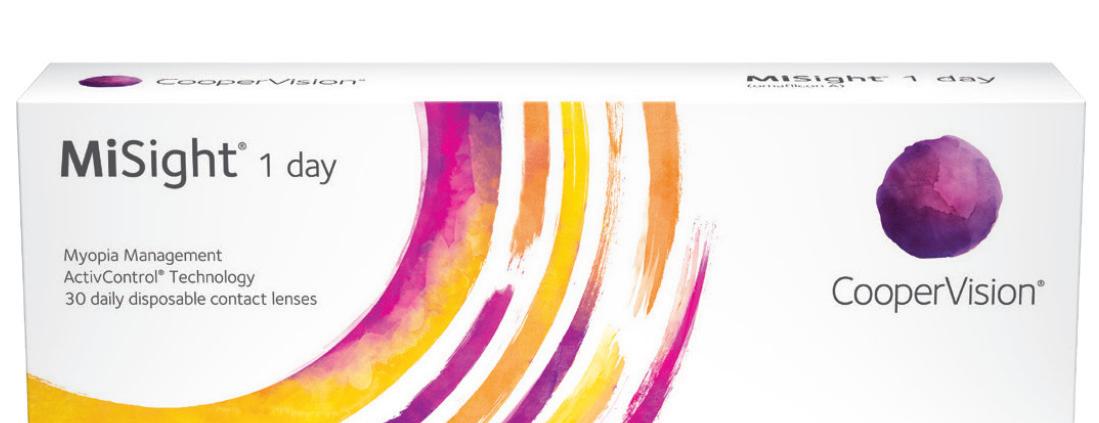


1. ArumugamBet al.ModellingAge Effectsof Myopia Progressionfor the MiSight 1 day ClinicalTrial.Invest.OphtholmolVisSci.2021; 62(8): 2333. 2. ChamberlainPet al.A 3-year RandomizedClinicalTrialof MiSight Lenses for MyopiaControl.Optom VisSci.2019; 96(8): 556-567.
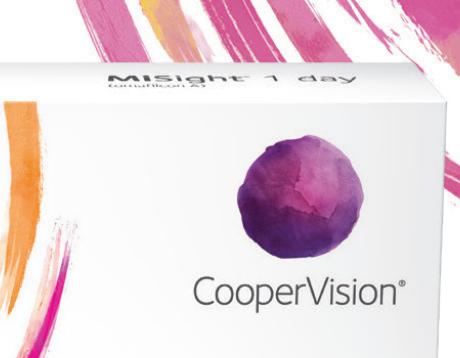
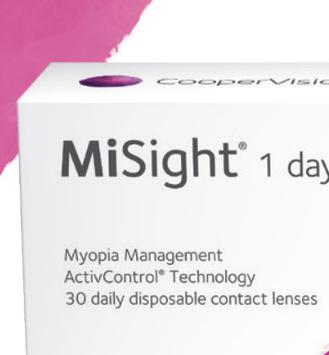
3. ChamberlainPet al.Long-term Effect of Dual-focusContact Lenseson Myopia Progressionin Children:A 6-year MulticenterClinicalTrial.Optom VisSci.2022; 99(3): 204-212. 4. ChamberlainPet al. Myopia progressionon cessationof Dual-Focuscontact lenswear: MiSight 1 day 7-yearfindings. Optom VisSci.2021; 98(E-abstract): 210049. 5. ZadnikKet al. FactorsAssociated with RapidMyopia Progressionin School-agecChildren.Invest.Ophtholmol.Vis.Sci.2004; 45(13): 2306. 6. HammondD,ArumugamB,et al.Myopia ControlTreatmentGainsare Retainedafter Terminationof Dual-focus Contact LensWearwith no Evidenceof a ReboundEffect. Optom VisSci.2021; 98(E-abstract): 215130. © 2022 CooperVision.CooperVision®and MiSight®are registeredtrademarksof The CooperCompanies,Inc.and its subsidiaries.


One year on from the launch of the AOP’s 100% Respect campaign, Serena Box, PR and media manager for the AOP, reflects on the initiative and what comes next
Launching our 100% Respect campaign at 100% Optical in spring 2022 gave us an incredible platform to speak to members directly about the equality, diversity and inclusion (EDI) work we’re doing. As part of the campaign, we developed a range of advice for both employers and employees, including a suite of resources that promote inclusivity, from our expert legal and employment team.
In our research, members indicated that in 80% of cases the discrimination they faced in practice was “perpetrated” by patients, so we created resources, such as practice posters, that highlight a zero-tolerance approach, alongside digital assets.
The AOP’s Anti-racism and equality team (ARET), made up of AOP staff optometrists, also provides emotional and practical support where an individual is facing discrimination.
There is a huge amount of support for the campaign from members – and particularly those who have been affected by discrimination. Some have gone on to share personal stories through OT’s Time to Speak series. Sharing powerful and relatable stories builds trust and helps others feel safe to share their own experience and to also take action. But the responsibility shouldn’t fall to the individual – at the AOP we have always recognised that there is wider work to be done with employers in the sector. Our survey results reflected that, with 54% of our members calling for the AOP to work with employers to tackle discrimination and 51% asking for more guidance and support. We’ve built on this with a new template equal opportunities policy and CPD on the Equalities Act
100% Respect is designed to be a long-running programme of work. None of the challenges highlighted in our survey are going away and through the work we do we can really make a difference to members on the ground. We recently explored with the AOP Policy Committee how to enhance our EDI support and the next step is to plot out this activity over the coming 12–18 months.
Fundamental to this work is putting our members at the centre, to help build inclusive workplaces where they can thrive. It will require a whole host of approaches, whether that be guidance, service offering or campaigning, to support long-term cultural change.
Our initial campaign activity focused on race discrimination as this was reported by members more than any other form (60%). But we saw levels of discrimination across a range of characteristics and it is vital that our members who fall within these groups feel safe and protected – primarily through the advice of the AOP’s employment team, or the AOP guidance for employees, but also by the AOP being an advocate for change on key areas such as women’s equality, disability and LGBTQ+ issues.
Complementing this work is our advocacy outside the sector. We’ve recently become a partner of the We Are Able campaign – designed to support
AN AOP SURVEY OF OVER 1000 MEMBERS FOUND REPORTED INCIDENTS OF DISCRIMINATION RELATING TO:
Religion – 36%
Sexism – 35%
Age – 33%
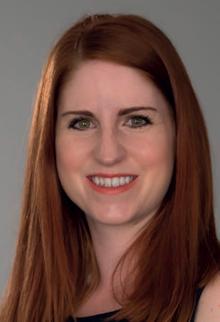
Disability – 7%
Pregnancy – 7% people to lead safe and independent lives at home.
Other forms of discrimination reported included being married or in a civil partnership (4%), sexual orientation (4%), and gender reassignment (2%).
Source: AOP Equality, diversity and inclusion survey 2021.
EDI is an incredibly complex area to navigate – with disadvantage and exclusion rooted in so many factors – social, economic, and cultural to name a few. Now we have a baseline, from our research, the next step is to measure meaningful progress and deep-dive into particular issues and challenges. To do that effectively, I think we need to work collaboratively and remain open to the tough conversations that move us forward.
Resources and further reading Find practice resources, template policies, and guidance for employees: www.aop.org.uk/advice-and-support
Take the Discrimination Law and the Equality Act CPD: www.optometry.co.uk/cpd Learn about the We Are Able campaign: https://weareable.uk/ Read the Time to Speak series on OT: www.optometry.co.uk/time-to-speak Find more information on the 100% Respect campaign: www.aop.org.uk/respect










